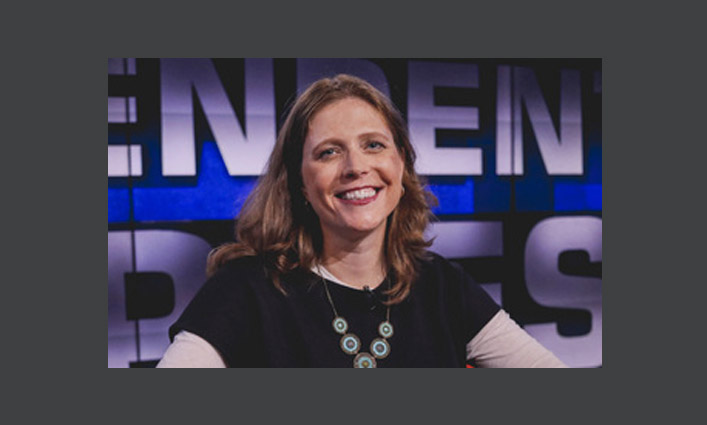
Five years after Hurricane Sandy, Professor Leigh Graham has been featured on PBS Newshour as well as CUNY TV to discuss the successes and challenges of recovery efforts in New York City. Last year, Graham co-published a report comparing the experiences of the Lower East Side and the Rockaways after Sandy, two NYC areas significantly impacted by the storm.
In the wake of recent hurricanes both in the US and around the world, we spoke with Professor Graham to learn more about her experience and how we can better prepare for future disasters.
How did you first come to this work?
Leigh Graham: I started this work shortly after I was hired at Seedco—a national non-profit in New York. My first day was the Monday after 9/11, and one of the first things we did was meet with the NYC Economic Development Corporation to figure out our response.
From there, I applied for my Urban Planning Degree at MIT in 2004, and during my second year, Katrina hit. I went to New Orleans and wrote my dissertation, focusing on community economic development practice and the preservation of public housing, as well as green cities and urban equity.
When Sandy hit, I was teaching my first semester at John Jay. I lived in Queens, and I really liked the Rockaways. I thought I could look at recovery there.
From your research looking at various neighborhoods and disasters, have you identified any patterns in what makes a recovery effort successful?
LG: The broad finding is that when communities are well-organized, have civic infrastructure, shared solidarity, and ties not only to each other but to external power brokers, they can respond. That's true across multiple disasters and multiple contexts.
One thing that was interesting for us from our research on Sandy was what we found on gentrification. Gentrification is almost always seen as having a negative impact on communities, but we saw that Lower East Side organizations had rallied around that issue, and as a result, they’d built the skills and frameworks to respond to Sandy.
In the Rockaways, they didn’t have that. Despite it being a small strip of land, there’s segregation as well as racial and geographic conflict. Organizations have historically lacked the resources and political will to come together. There wasn’t the civic infrastructure to respond.
How can your research apply to Puerto Rico after Hurricane Maria?
LG: In the aftermath of any disaster, the politics of inequality and equity come to the fore. You see who will be displaced and who will have a harder time rebuilding. You see where resources are likely to be directed.
The impact of Hurricane Maria sounds just as bad as Katrina, but it’s not dominating the news like it should be. We have an administration that's not interested. Even President Bush went to Katrina and gave heartfelt speeches about inequality and unequal recovery. Trump hasn’t done that.
There are a lot of folks around the College who have a lot to say on this. [John Jay Professor] Denise Thompson was recently explaining to me that in the Caribbean, lots of island nations have come together for a cohesive emergency response. But as a territory of the US, Puerto Rico isn’t well integrated into the Caribbean, and it’s also isolated from the continental United States. That puts Puerto Rico in a precarious position.
What are some key takeaways for people to understand about disaster recovery?
LG: It’s important to know there’s a difference between response and recovery. Response is what happens immediately after. It’s emergency management, and includes getting people shelter and resources.
The recovery period kicks in after that. That's when you're thinking how do we rebuild? How do we get people’s lives to what they were like beforehand, and with ideally some improvements so they can be resilient going forward? That recovery period can last years.
There’s always a tension between the sense of urgency to respond and the reality of how long it takes to rebuild a community. Managing that is really important, especially if you are a bureaucrat or politician and need people to have realistic expectations.
Does rebuilding need to happen within the community? What about people outside the community who might want to assist?
LG: When you have an outsider come in and say I want to help, there’s always this question of what that help really looks like. It makes a world of difference if you come into a community with an invitation.
When I first went to New Orleans after Katrina, I had never been there, but I was given good advice. I was told to learn the history and dynamics of the city, and I did. By doing that, you’ll still be an outsider, but you won’t be uninformed.



